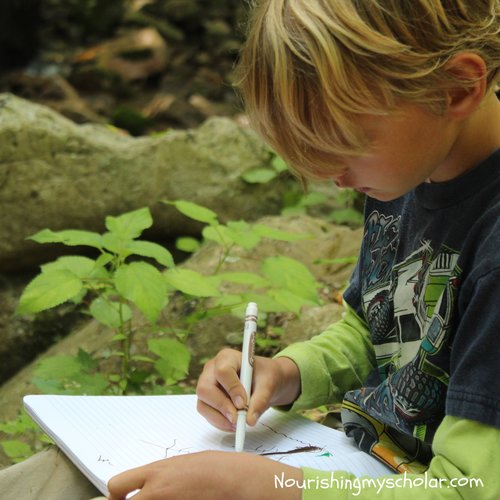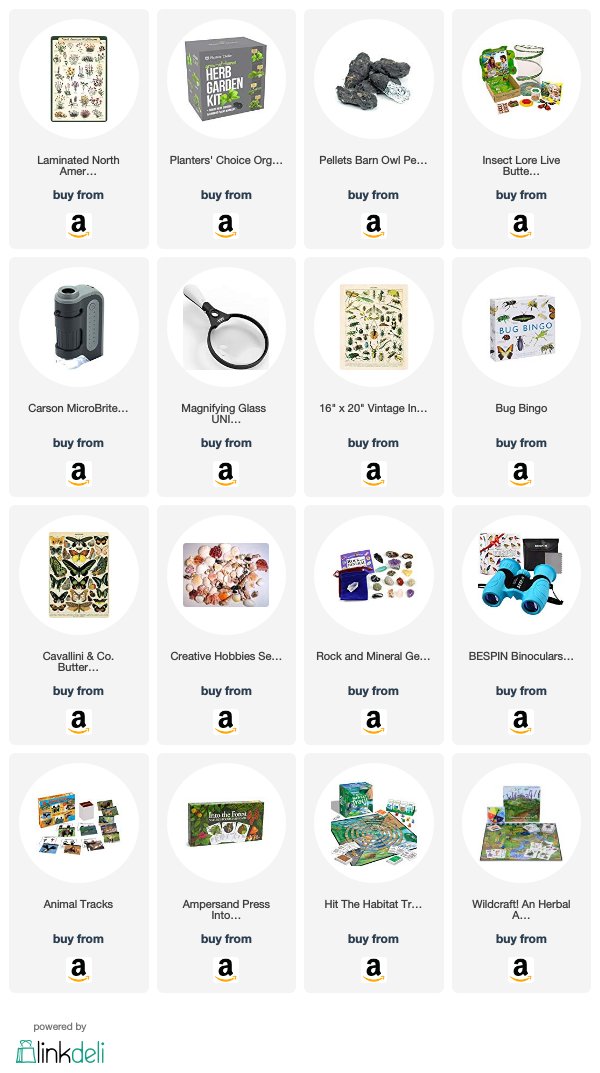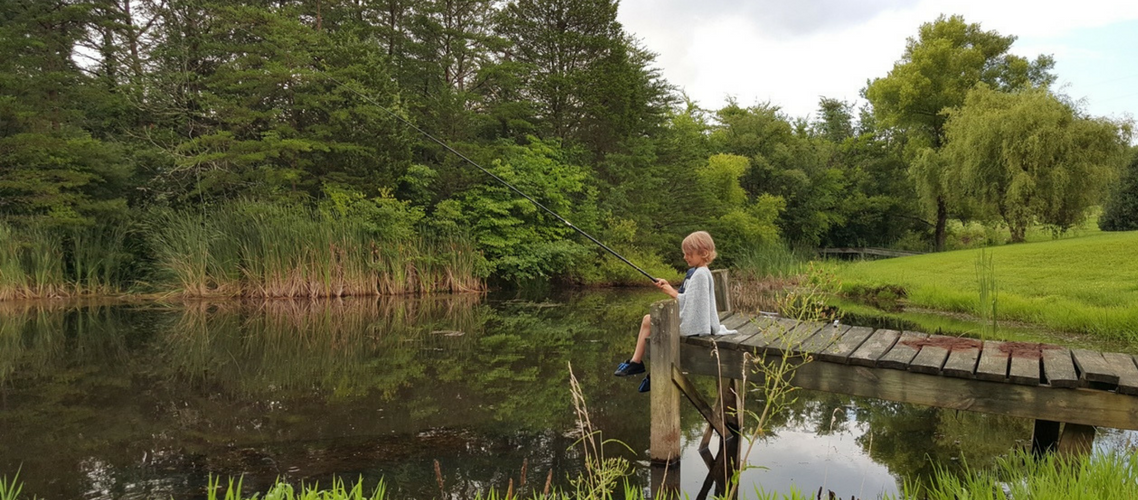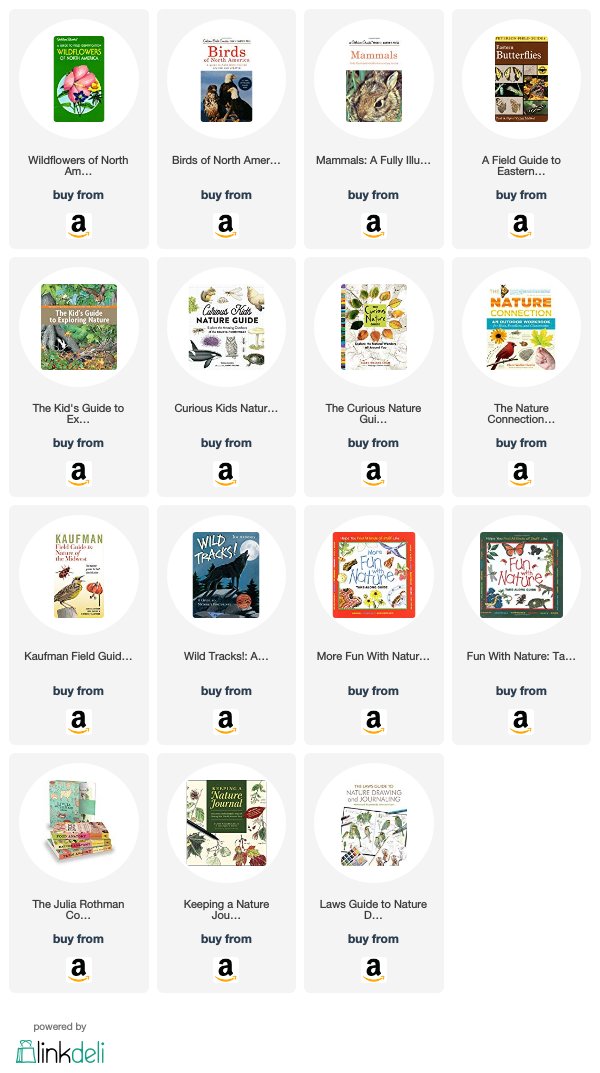Nature study is one of our favorite ways to get outside and learn. It provides us with much needed fresh air, and room to run all while gaining knowledge and insight into the natural world. A nature study doesn’t have to be difficult or intimidating. Here are 8 tips to help you make your homeschool nature study a fun and educational adventure!
This post may contain affiliate links. Please read my disclosure statement for more information.

8 Tips for Nature Study
1. Keep a Nature Journal
Everyone should have their own nature journals. That includes Mom and the 3-year-old! Seriously, I have my own nature journal and I try to model the characteristics I would like to see in my children’s nature journals: sketches, leaf rubbings, scientific names, characteristics, thoughts, bits of poetry. Our 3 year old also has a nature journal. It happens to be a spiral sketchbook with princesses on the cover. She picked it out herself which, I think, makes all the difference. When I suggest we go on a nature hike, she takes off while yelling, “I gotta get my nature journal!”

Choose the Nature Journal that is Best for You and Your Kids
I prefer a plain old sketchbook like this Canson Artist Sketch Pad for my own nature journal. Our son uses one of these, as well, in conjunction with his Dinosaur decomposition notebook. I like the spiral bound because I find it easier to lay flat, while I’m sketching, than other sketchbooks with a more traditional binding.


8 Tips for Nature Study
2. Books, Websites, and Apps to Keep on Hand
So, you’re out and about on your nature hike and your child rushes to you excitedly with some interesting creepy crawlies that they just gotta know more about. Rather than looking like a deer in headlights might I suggest some really great resources? Now, we don’t take all of these with us all the time.
We tend to rotate them in and out of our nature backpacks depending on the children’s interests at the time.
Handbook of Nature Study by Anna Botsford Comstock is as helpful today as is was when it was first written in 1911. This handbook was meant for teachers who had little knowledge of the common plants and animals around them. Of the living things described, most are common in the northeastern United States.
The National Audubon Society Field Guide to Insects and Spiders by the National Audubon Society is so helpful in identifying all of those creepy crawlies our children like to pick up! The National Audubon Society actually has a whole collection of field guides ranging from reptiles to wildflowers and everything in between.

More Books for Mom on WHY Nature is So Important
Here are some more great nature study books for mom to enjoy!

Here are a couple of handy nature websites and phone apps!
The Cornell Lab of Ornithology is a treasure trove of information on birds. It’s great to use if you’ve identified a bird and want to come home and do a bit more research.
North American Birds is an App on my phone that we have used time and again to identify bird species based on their calls and their markings. It’s a free App if you have an Android device.
The mighty Google has helped us tremendously. I’ll typically do a search for the creepy crawlies in our state or region as well as a search for pictures.

8 Tips for Nature Study
3. Seasonal Poetry Books to Take Along
There is something beautiful about reading poetry out in nature. My children become enchanted with the play on words while the sounds of nature surrounds them. Here are some really beautiful poetry books to take along based on the time of year.
Joyful Noise: Poems for Two Voices by Paul Fleischman is a poetry book meant to be read by two voices as it celebrates the beauty of the insect world.

8 Tips for Nature Study
4. Nature Backpack
Now, you don’t have to pack backpacks. Mom could always lug everything around in a big canvas bag if need be, but let me tell you how much easier it is when each kid helps carry the items they want to bring by having their own backpack! There are several items you are going to want to have on hand for your nature study and if the kids can help carry the load, then so much the better!
- Nature Journals
- Pencil Boxes with pencils or markers (kids choice)
- Field Guides and (optional) Poetry Books
- Binoculars
- Magnifying glass
- Containers for holding and observing creepy crawlies (these can be sandwich bags, plastic containers, or even glass jars)
- Water bottles (children get thirsty)
- Sunscreen (the sun gets hot)
- Change of clothes (I don’t know about you, but our kids always end up drenched or muddy or both!)
- Snacks (children get hungry)


8 Tips for Nature Study
5. Utilize State Parks, Nature Centers & Your Own Backyard
Some of you have places to observe nature right in your own backyards. In our instance, we live on a farm surrounded by fields that are great for nature study. For others, who may live in the city or in subdivisions, utilize your local state parks, and nature centers. We visit our local state park for a weekly ranger-led hike.

The states park rangers are extremely knowledgeable and helpful.
They love answering the children’s questions. This program is free and we have had loads of exciting adventures while learning all about the local wildlife. Above is a juvenile Great Horned Owl that was brought to the rangers due to injuries. Our son added the owl to his nature journal after learning some cool facts on him. Then they dissected owl pellets!
8 Tips for Nature Study
6. Keep it Impromptu: No Expectations
Keep nature study impromptu and fun. Let the children run around and play first. I’ve found that if the kids get some of that excess energy out, then they become more interested in the world around them. Let the children add whatever they wish into their nature journals; a cool rock, a butterfly, an interesting leaf, the noisy squirrel in the tree. Encourage them to draw pictures, add scientific facts, or anything at all.

By showing interest and excitement with the natural world and your own nature journal you are modeling good nature study habits for your children.

8 Tips for Nature Study
7. Observation
Observation is the best way to acquire information about the world around us.
Employ all of your senses.


Ask the children what they see, hear, and smell. Notice the wind, the clouds, and that sweet smell in the air. Notice any evidence that something has been about. Are those walnut shells on the stump? Was it a chipmunk? A feather on the ground! How does it feel? If applicable and only do this if you are knowledgeable about what things are safe to ingest, how does it taste? Last week we tasted the seeds of the native spicebush. The Cherokee Indians used this plant to season their food. We thought it was quite strange but definitely spicy.

8 Tips for Nature Study
8. Take Pictures
Sometimes creatures don’t want to be still long enough for you to get a sketch done. I prefer to take pictures of them and then when I get home I can sketch them out at my leisure. You can even give your kids disposable cameras to take along on their nature study. You’ll be amazed at what they capture. It’s so fun to see the world through different lenses and from different points of view. A camera allows you to see what your child sees and on their level.


Nature Study doesn’t have to be difficult or intimidating. Encourage your children to look for things that interest them. Relax and inspire them with your own passion for the natural world. There is so much to learn and discover.
Check out these Science and Nature Games that are perfect for playing at home!

Here are a few nature ideas for strewing around your home to help spark your child’s interests in nature study.

Now tell me, do you make time for Nature Study?
You may also enjoy these other nature posts:
-
Learning Outdoor Adventure Skills with THiNK OUTSiDE BOXES
-
Chalk Pastel Art Perfect for Forest Nature Study
-
Exploring Nature with Illustrated Children’s Books
-
Nature Game Cootie Catcher
-
Backyard Biology: Birds for Kids
-
30 Fun Nature Gift Ideas for Kids
-
Backyard Biology: Frogs for Kids
-
Backyard Biology Insects for Kids








Thank you for such an informative and well thought out article. I’ll be adding A Year of Nature Poems and Your Brain on Nature to my book list this year. Thanks!
Oh, awesome! Thanks so much for stopping by!